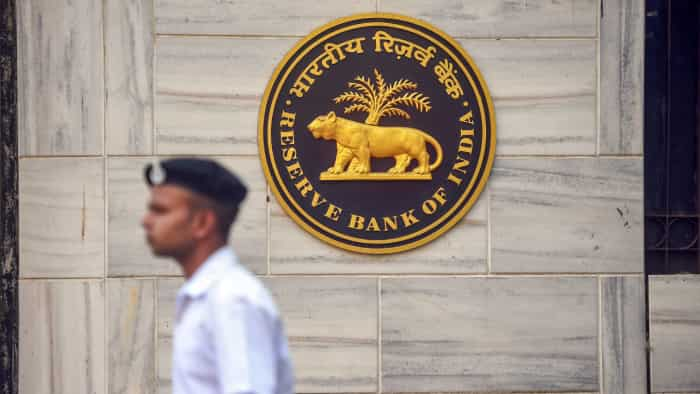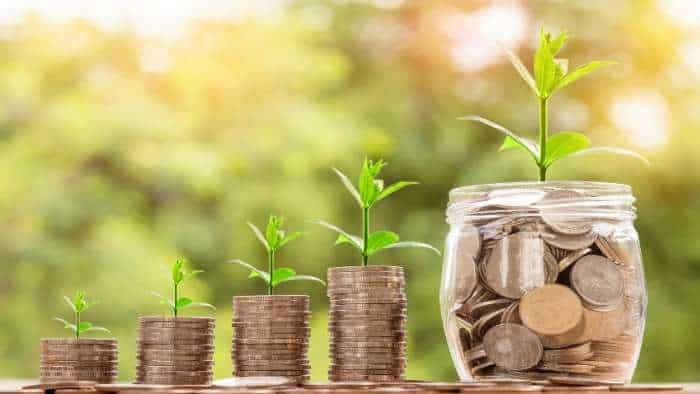Direct selling industry's growth declined over 5% to touch Rs 19,020 crore in FY22
Nearly 60 per cent of the direct selling companies reported negative growth due to multiple challenges faced by them during the pandemic, said an Annual Survey Report released by the industry body Indian Direct Selling Association (IDSA).

The Indian direct selling industry's growth has declined 5.3 per cent to Rs 19,020 crore in FY22, impacted by a devastating second wave of the COVID-19 pandemic, according to a report.
Nearly 60 per cent of the direct selling companies reported negative growth due to multiple challenges faced by them during the pandemic, said an Annual Survey Report released by the industry body Indian Direct Selling Association (IDSA).
The direct selling industry stood at Rs 18,067 crore in the FY 2021, reporting a 7.7 per cent growth. "The industry is correcting itself from the COVID period and returning to pre-COVID times," it said.
IDSA believes that India has a "vast untapped market potential" for the industry and the rising middle class, estimated to comprise more than 25 crore, "has higher disposable income and is more receptive to purchasing premium products".
Now, technology-driven offerings, especially in the wellness and personal care space, have been witnessing great traction among consumers.
In FY22, the industry has also added more numbers of direct sellers, taking the total count to around 84 lakhs -- registering a growth of 6 per cent from 79 lakh over the previous year, the report said. According to IDSA, there has been a steady growth in the number of Active Direct Sellers in India over the last four years.
However, it also said that there is a change in direct seller's profiles as the person who had engaged with direct selling companies during the pandemic period for additional income have started focusing on their core job and the focus on direct selling seems to have reduced.
"As per the survey, we have noticed a reduction in direct sellers considering direct selling as part of their extra income from 41 per cent in FY21 to 21 per cent in FY22," it said.
Moreover, products like sanitisers, masks and other hygiene, and sanitising products saw a degrowth post-pandemic. Companies handling these products have taken a hit in this category, it added
IDSA Chairman Rajat Banerji said India has been seen as a market that holds tremendous potential for direct selling, reflected in the consistent and sustained growth of a CAGR of 13 per cent over the past half a decade.
"The Direct Selling industry has been the one major industry vertical that has consistently provided sustainable self-employment and micro-entrepreneurship and start-up opportunities to nearly 84 lakh Indians.
"Wellness and Nutraceutical products category contributed nearly 59 per cent of the Indian direct selling sales, followed by cosmetics and personal care, which contributed 22 per cent of the sales," he said.
The total 84 lakh Active Direct Sellers "comprised of 56 per cent male and 44 per cent female Active Direct Sellers," according to the report. This is lower than in FY21 when females accounted for 47 per cent of the total number of Active Direct Sellers in India.
Earlier, the number of female participants used to be higher than males. "There has been a noticeable increase in the number of men participating in Direct Selling over the last 4 years," it said.
Now, a majority of 53 per cent of 84 lakhs Active Direct Sellers belong to the age group of 25 to 44 years. Continuing its previous trends Wellness and Nutraceuticals products contributed 59 per cent of the Indian Direct Selling sales, followed by Cosmetics and Personal care, which contributed 22 per cent in FY22.
"North region contributed to around 30 per cent of the Direct Selling sales in the country in 2021-22. This was followed by the East with approximately 25 per cent of the Direct Selling sales," it said.
According to the report "top 10 states cumulatively accounted for 70 per cent of the industry turnover".
Maharashtra with 12 per cent was the leading contributor, followed by West Bengal and Uttar Pradesh with 10 per cent each. Bihar contributed 6 per cent, while Karnataka and Odisha contributed 5 per cent each.
Get Latest Business News, Stock Market Updates and Videos; Check your tax outgo through Income Tax Calculator and save money through our Personal Finance coverage. Check Business Breaking News Live on Zee Business Twitter and Facebook. Subscribe on YouTube.
RECOMMENDED STORIES

RBI Rule: New system for online money transfers to be implemented from April 1, 2025; here's all you need to know

SBI Latest FD Rates: This is what you can get on Rs 10 lakh investment in 1-year, 3-year, and 5-year tenures

Rules of 72, 114, 144 & 8:4:3: How long will it take for your Rs 50 lakh investment to become Rs 1 crore?

Small SIP, Big Impact: Rs 11,111 monthly investment for 15 years, Rs 22,222 for 10 years or Rs 33,333 for 7 years, which do you think works best?
11:30 PM IST










 Direct selling industry's growth declines 5.3 pc to Rs 19,020 cr in FY22
Direct selling industry's growth declines 5.3 pc to Rs 19,020 cr in FY22